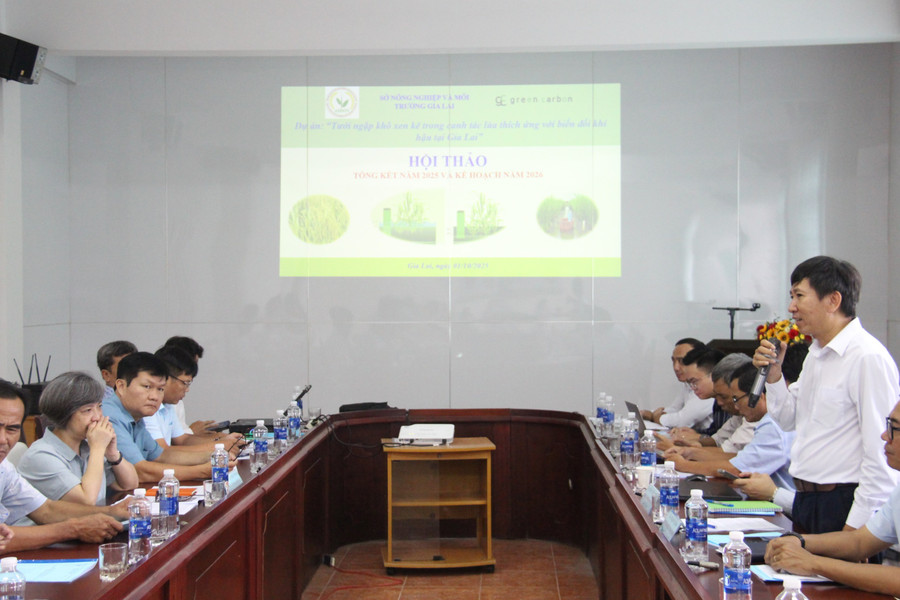
The workshop aims to summarize the results of project implementation in 2025 and develop a plan for 2026, within the framework of the project "Alternate wetting and drying irrigation technology in rice cultivation adapting to climate change in Gia Lai " funded by the Japan International Cooperation Agency (JICA) through Green Carbon Japan Vietnam Company.
In the context of climate change increasingly affecting agriculture , especially rice - a crop closely associated with farmers' lives - the application of sustainable farming solutions, saving resources and reducing greenhouse gas emissions has become more urgent than ever. One of the outstanding solutions emphasized at the workshop is the Alternate Wetting and Drying (AWD) technique, developed by the International Rice Research Institute (IRRI) since 2003 and has been applied in many countries.
In Gia Lai, the AWD irrigation model was piloted on an area of 10.4 hectares in Quy Nhon Dong ward, initially bringing positive results. According to Dr. Pham Vu Bao, Deputy Director of the South Central Coast Agricultural Science and Technology Institute, this technique helps save up to 4,400 m³ of water per crop, reduces the number of irrigations, and maintains good growing conditions for rice plants. In particular, the model has helped significantly reduce greenhouse gas emissions: total CO₂ equivalent emissions (CO₂e) are only 1.95 tons/ha/crop, a reduction of about 70% compared to traditional farming methods (6.47 tons/ha/crop).
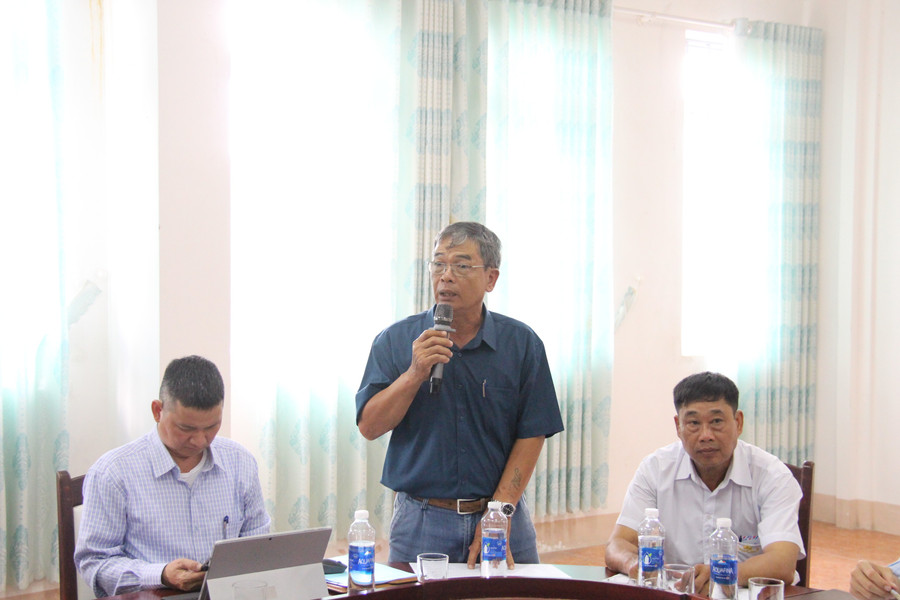
Although there are still some limitations due to unfavorable weather conditions that have not yet achieved the expected emission reduction, the initial results have confirmed the great potential of AWD in developing sustainable rice agriculture, reducing production costs, and increasing resilience to climate change. At the same time, it contributes to the national emission reduction target and towards building a carbon credit registration system according to the international Gold Standard.
Delegates attending the workshop also evaluated the initial effectiveness of the model, exchanged practical experiences during the implementation process, analyzed difficulties and advantages, and discussed directions for expanding the model in the following crop seasons, especially in the Eastern Gia Lai region, where farming conditions are similar.
The expansion of the AWD model will require investment in greenhouse gas emission monitoring and control systems, the development of internationally recognized carbon credit profiles, and the mobilization of climate finance resources. In addition, close coordination among stakeholders, from agricultural management agencies, local authorities, institutes, enterprises, international organizations to farmers, is a key factor to ensure the success and spread of the model.
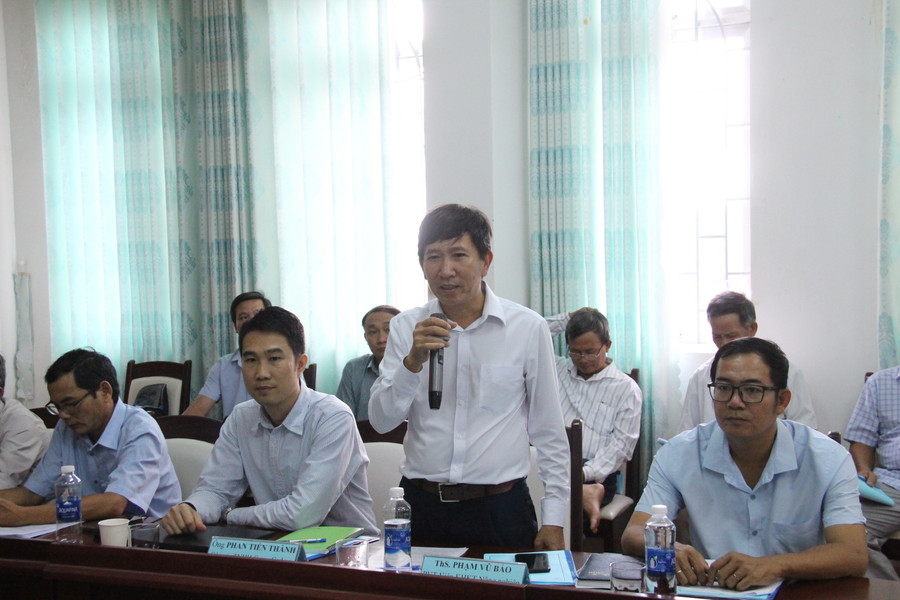
Mr. Phan Tien Thanh, Business Development Manager - Green Carbon Japan Vietnam Co., Ltd., concluded: Alternate wetting and drying is not only a technical step forward, but also a strategic direction to form a smart, green and sustainable agriculture in Gia Lai. The initial success of the model will be the foundation for building the "reduced-emission rice" brand, expanding to the domestic and international markets and further participating in the global carbon credit market.
Source: https://baogialai.com.vn/day-manh-mo-hinh-tuoi-ngap-kho-xen-ke-huong-toi-nen-nong-nghiep-lua-ben-vung-post568112.html







![[Photo] Binh Trieu 1 Bridge has been completed, raised by 1.1m, and will open to traffic at the end of November.](https://vphoto.vietnam.vn/thumb/1200x675/vietnam/resource/IMAGE/2025/10/2/a6549e2a3b5848a1ba76a1ded6141fae)
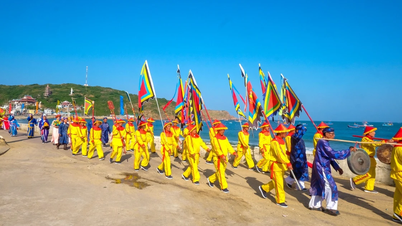

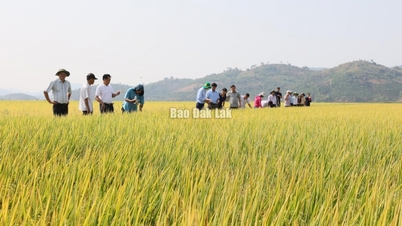

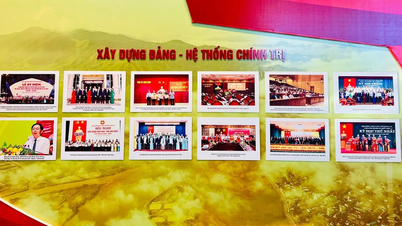

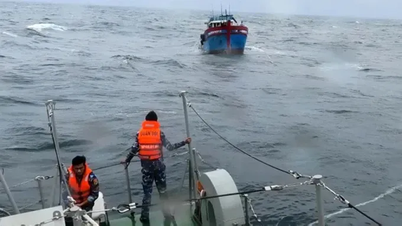



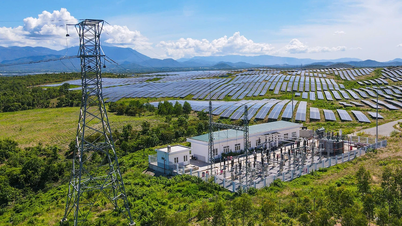

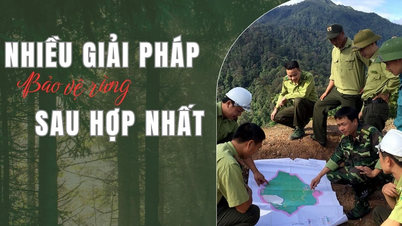
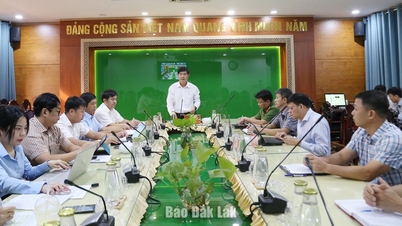
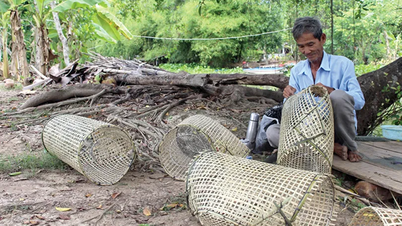

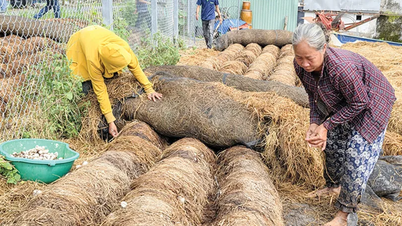




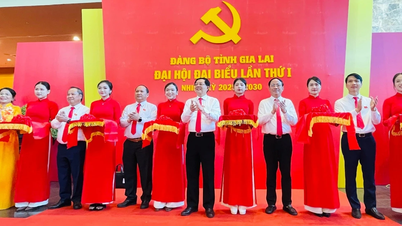
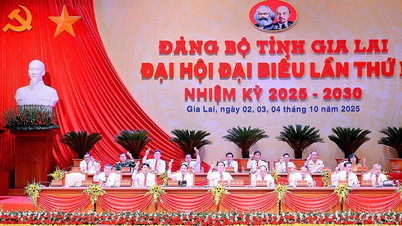
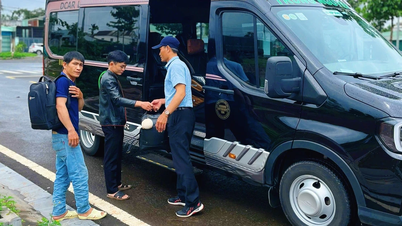
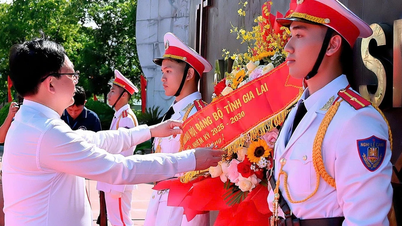
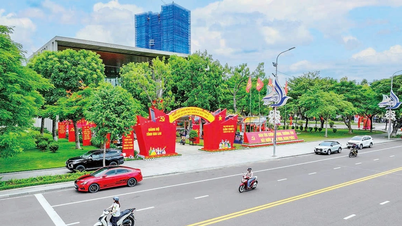



































































Comment (0)